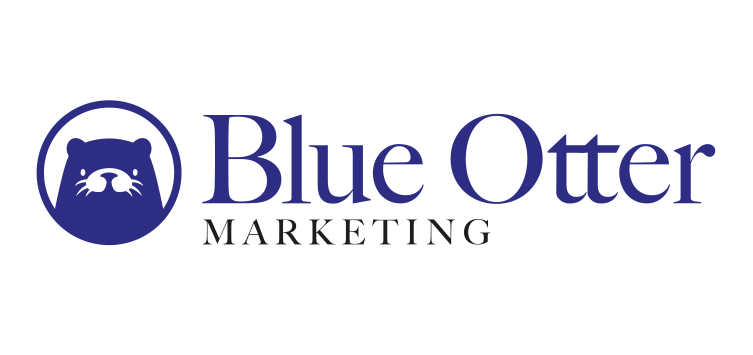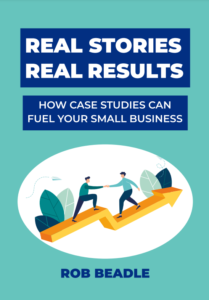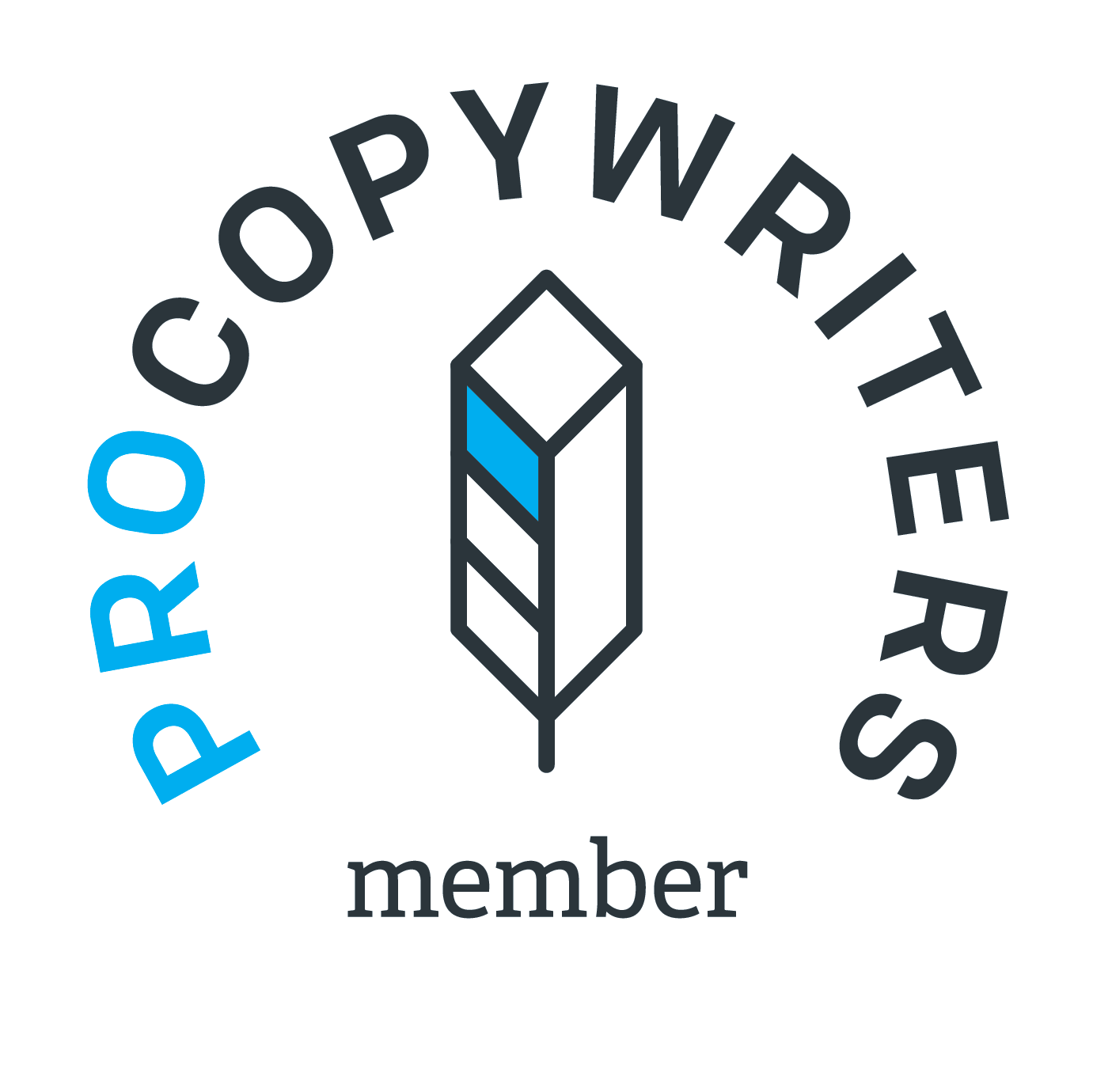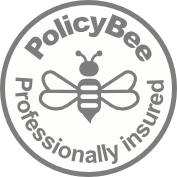
10 Practical Ways That Social Media Can Boost Your Small Business
Cute kittens.
Hmm, isn’t that a bit distracting?
Your time is precious as a small business owner. There’s a never-ending to do list with your name on. There just aren’t enough hours in the day.
So, why spend time on social media when it’s full of funny cat videos?
Well, you can find adorable feline friends on Facebook. But there are also real benefits from social media for small businesses.
Here are 10 practical ways that social media can boost your small business.
1. Boost Your Brand’s Profile

I know what you’re thinking:
Big brands have it easy. A huge marketing budget. Universal brand recognition.
So, how do you promote your brand if you’re a small business startup?
An ongoing part of your business journey will be to build awareness of your business and your brand.
Your potential customers will want to know more about you. They’ll have to trust you before they’ll do business with you.
However, social media gives you a chance to build that awareness without spending money.
The social media you choose will depend on where your ideal customers are.
For B2B marketing it’s better to focus your brand efforts on LinkedIn and Twitter. These work best for long-term relationship building.
If your business is B2C, you’ll want to use Facebook and Instagram as your primary social media.
You’ll be able to get your name in front of the people you want to sell products and services to.
Whichever you use, be consistent with your business brand across social media and your other marketing efforts.
Use social media to post informative and engaging content. Over time this will build your reputation and your brand.
2. Network with Other Businesses

If you network face to face with other businesses, social media is a handy tool to support those relationships and find others.
With LinkedIn, you can create connections with business contacts, suppliers and clients. A big benefit is that once you’re connected on LinkedIn you don’t have to store business cards.
You have access to all of your contacts’ details provided to LinkedIn – usually email address, mobile number and website.
Twitter is great for making new contacts and staying in touch with existing ones. In addition to public posts, you can also send direct messages which are only seen by the person/people you want to see it.
Both LinkedIn and Twitter enable you to easily grow your network.
It’s easy to see who your network is following or connected with. You can ask for an introduction or go direct yourself.
As well as following your contacts, you can also share or like posts to help you get noticed by people you want to connect to.
With hashtags on Twitter and Instagram, you can also find people who are interested in topics relevant to your business.
Facebook and LinkedIn groups are great for informal discussions as well as arranging face-to-face meetings.
3. Provide Excellent Customer Service

Customers are now much more likely to use social media than phone or email when they have a question, compliment or criticism.
As social media makes this interaction public, it gives you an opportunity to demonstrate how you excel at customer service.
Positive feedback that you receive or well-handled criticism can boost your reputation and enhance your image.
The great advantage of your small business is the ability to provide a personal service. Use social media to let people know that you’re human and you care.
Social media is not the place for corporate robotic responses. These can quickly cause harm and damage in front thousands of people on social media.
4. Connect with Press and PR

Small businesses aren’t the only people who benefit from social media.
The wider media, press and TV journalists make extensive use of social media. You can use this to your advantage to get publicity for your business.
Twitter is a particular favourite of journalists. The fast-moving nature of Twitter fits well with the pace of journalism.
Hashtag #journorequest is a popular way for journalists on Twitter to look for people for their stories.
Journalists use it to find quotes, research case studies or find people for full interviews.
Each of these is a chance to get your name and brand in front of more people.
Follow the hashtag on Twitter and look for opportunities to contribute and present your expertise.
5. Show off Your Shop Window

Whether you sell products or services, social media can be a great shop window.
Even with your own website or if you sell through online marketplaces, additional (free) shop windows can help your business.
The social media that’s best for shop windows are the channels that are mostly visual.
Instagram, Pinterest and Facebook work perfectly for this.
Close-ups of your products, lifestyle photos or videos increase interest in what you do and sell.
Even if you think your business isn’t very visual (*cough* accountants), you can create and share images to represent blog posts or articles.
Visitors can then click through to read them.
6. Reach New Customer Segments

Let me be honest with you.
Social media isn’t a quick fix to more sales.
It will help you reach new customers, but it’ll take time.
You have to build your reputation and win people’s trust before they spend their money with you.
Where social media can have the edge, is reaching customers you might not otherwise reach.
For example:
- Facebook has very powerful tools that allow you to target specific groups and interests.
- Instagram and Snapchat tend to have much younger users than other social media.
- Pinterest has more female users than male.
7. Advertise Your Products and Services

You can pay for social media advertising.
Or, you do it for free.
Paid advertising is well understood. You create an advert, decide where you want to publish your advert, pay your money and wait for the responses.
Most social media gives you the option to pay for advertising – that’s how they make their money after all.
The great advantage, compared to old-school adverts, is the feedback and data you receive on your advert.
Facebook advertising provides detailed results of the number of people who saw your advert, clicked on it, liked it, shared it etc.
Clearly, this doesn’t guarantee that your advert will be effective. But it does mean you can compare the effectiveness of different adverts through different channels.
So, how do free adverts work?
You might be wondering when Facebook and Twitter started doing pro bono work for small businesses.
Alas, they’re not.
However, even with a free account, there’s a lot you can do to advertise your business.
The key is to get your posts seen by more people than just your followers.
With all social media your posts can be seen by more people when it gets shared.
However, if you use hashtags (particularly on Twitter and Instagram), your posts will be seen by everyone who looks for that particular hashtag e.g. #smallbusiness
You’ll need a mix of social media posts though.
When social media is someone blowing their own trumpet that’s quite boring to read.
8. Find Quality Suppliers

Supply and Demand.
You’ve heard about the demand side of your business.
However, the supply side of your business is equally important. Luckily, social media can lend you a hand.
An extension to online networking is the ability to find suppliers for your business.
On Twitter, you can search for people with similar businesses or interests. The best way to do this is through Twitter lists.
The public Twitter lists contain people with a common interest or business type. You can browse through these or create your own list of potential suppliers.
LinkedIn’s search facility allows you to find people in a similar way and then request a connection with them.
9. Grow Your List of Email Subscribers

Social media gives you a platform to showcase your business.
However, someone who liked your post today may not see the one you post tomorrow.
Whilst social media can be effective, an even better tool to boost your small business is email.
So, it makes sense to use social media to recruit new subscribers to your email list.
- Include a link to your email sign-up page in your social media profile.
- Promote your lead magnet on social media to encourage people to become email subscribers.
- Run a competition for people who become subscribers.
If you can convert people social media followers into email subscribers you’ve got the perfect way to stay in touch with them and keep them warm.
10. Increase Visitors to Your Website

Footfall is key to the bricks and mortar side of a small business.
It’s the same with online visitors.
Sharing great content on social media is a perfect way to draw people to your website.
When you measure social media engagement, each post click shows that someone has wanted to read or see more of your post.
These clicks are extra online footfall to your website.
- If you post a link to a blog article, a click will take them through to your website to read the blog post.
- If you post a product photo, a click will take them through to the shop to view the product and maybe purchase it.
Do you want to know the big secret to pull people in like a magnet?
Headlines.
Yes, you can use great images and write perfect prose. But headlines are the crowd pullers for bringing people to your site.
The time you invest in crafting headlines to snatch people’s attention will be well spent.
In Summary
Social media is like a swiss army knife for your small business.
The tool first invented to open canned food and dismantle a rifle, now has a multitude of uses.
Screwdriver. Corkscrew. Scissors.
You name it, it does it. It’s more than just a knife.
In the same way, there’s so much more to social media than cute kittens.
It’s a multi-faceted tool that can help you reach customers as well as build the back-end of your business.
How are you now going to use social media to boost your small business?

About the Author
Photo Credits:
Mikhail Vasilyev on Unsplash
John Baker on Unsplash
Clint Adair on Unsplash
Siyan Ren on Unsplash
Kane Reinholdtsen on Unsplash
David Cohen on Unsplash
Cody Davis on Unsplash
Francesco Casalino on Unsplash
Mike Petrucci on Unsplash
Daria Nepriakhina on Unsplash
insung yoon on Unsplash





0 Comments